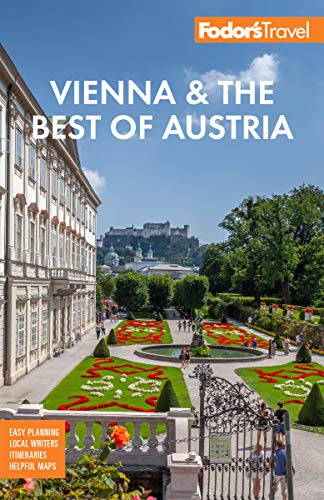Austria's second-largest city, Graz is graceful, welcoming, and far from the usual tourist routes. Instead of visitors, it's the large university population that keeps the sidewalk cafés, trendy bars, and chic restaurants humming in the vibrant Altstadt. The modern-art museum, the Kunsthaus, has a startling biomorphic blue shape that looms over rooftops like some alien spaceship. Along with this, the annual Styriarte summer music festival has become one of the most prestigious cultural draws in the country, and the city opera theater now attracts top companies like the Bolshoi. Graz is far from the cultural backwater it once was; in fact, it was appointed a UNESCO City of Design in 2011.
With its skyline dominated by the squat 16th-century clock tower, this stylish city has a gorgeous and well-preserved medieval center whose Italian Renaissance overlay gives it, in contrast to other Austrian cities, a Mediterranean feel. The name Graz derives from the Slavic gradec, meaning "small castle"; there was probably a fortress atop the Schlossberg hill as early as the 9th century. By the 12th century a town had developed at the foot of the hill, which in time became an imperial city of the ruling Hapsburgs. Graz's glory faded in the 17th century when the court moved to Vienna, but the city continued to prosper as the provincial capital of Styria, especially under the enlightened 19th-century rule of Archduke Johann.
In 1811, the archduke founded the Landesmuseum Joanneum, making it the oldest public museum in Austria. This museum complex, with 17 museums in Graz and Styria, has notable collections of art, archaeology, and armor, as well as fossils and folklife artifacts. A €15, 24-hour ticket allows you entry to all collections and exhibitions.





